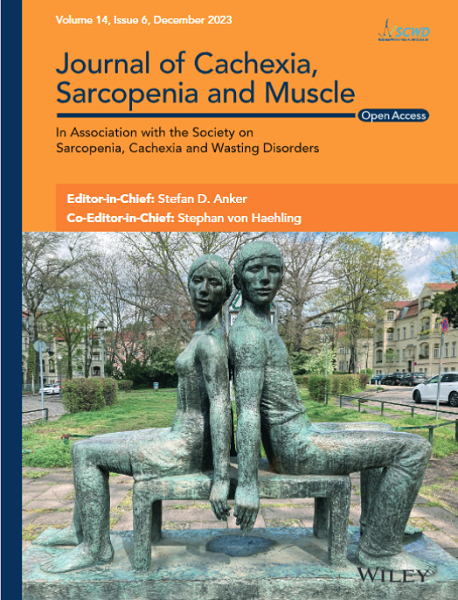Association of a Combined Body Mass Index and Regional Body Fat Percentage Metric With Fragility Fracture Risk: Evidence from a Large Observational Cohort
Abstract
Background
Evidence suggests that high body fat and low muscle mass may increase the risk of fragility fractures. However, current fracture risk models, which largely rely on body mass index (BMI), may not fully capture these compositional factors. We recommend integrating additional body composition variables into fracture risk calculators to improve accuracy. Previously, we described partial body fat percentage (PBF%), a novel measure that is routinely available and calculated as the proportion of fat at the lumbar spine and hip during DXA scans. We hypothesize that a combined BMI and PBF% approach (BMI/PBF%) could be associated with fragility fracture.
Methods
Patients were referred to our DXA scanner between June 2004 and February 2024 and had combined lumbar spine and bilateral femoral scans. Patients were initially categorized by BMI (underweight, normal weight, overweight and obese) and then divided into tertiles of PBF%. Based on each patient's unique combination of BMI and PBF% tertile, they were stratified into 12 binary BMI/PBF% groups for analysis. Multivariable logistic regression models, reporting odds ratios (OR), with BMI/PBF% groups as the independent variables and fragility fractures as the dependent variable were fit, with all results adjusted for known fracture risk factors.
Results
We analysed 36 235 patients (83.4% female, 16.6% male), of whom 14 342 (39.5%) reported fragility fractures. The median (IQR) age was 67.7 (57.5–75.0) years, with a BMI of 26.4 (23.3–30.2) kg/m2 and PBF% of 30.6% (25.5% – 35.4%). In females, those in the lowest PBF% tertile had reduced odds of fragility fractures across all BMI categories (e.g., obese low PBF%: OR 0.70, 95% CI 0.64–0.78), whereas in males, this reduction was observed only amongst overweight and obese individuals (e.g., obese low PBF%: OR 0.71, 95% CI 0.57–0.88). No association was found for patients in the middle PBF% tertile across any BMI group. In contrast, females in the highest PBF% tertile exhibited increased odds of fractures across all BMI categories except underweight (e.g., obese high PBF%: OR 1.31, 95% CI 1.22–1.42), and a similar pattern was seen in males, but limited to the overweight and obese groups (e.g., obese high PBF%: OR 1.27, 95% CI 1.04–1.55).
Conclusion
High or low PBF% within BMI categories is associated with fragility fractures, challenging the traditional notion that high BMI protects against fractures. This study highlights the importance of body composition measures beyond BMI in fracture risk assessment.

 求助内容:
求助内容: 应助结果提醒方式:
应助结果提醒方式:


